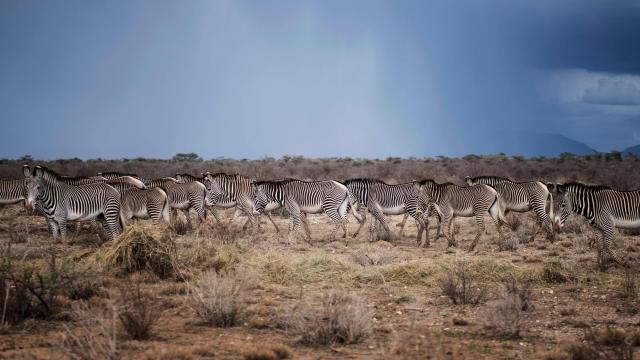More than one thousand of some of Kenya’s most endangered animals have died this year because of a devastating drought gripping the region.
A report released Friday from Kenya’s Ministry of Tourism, Wildlife and Heritage takes stock of how the drought in East Africa is affecting some of Africa’s most iconic wildlife. In all, the report finds, the drought has led to the deaths of more than 500 wildebeest, more than 400 zebra, and more than 200 elephants between February and October of this year. Photos show some of the animal victims of this extreme weather (warning: some of the images may be disturbing).
Many Animals Affected
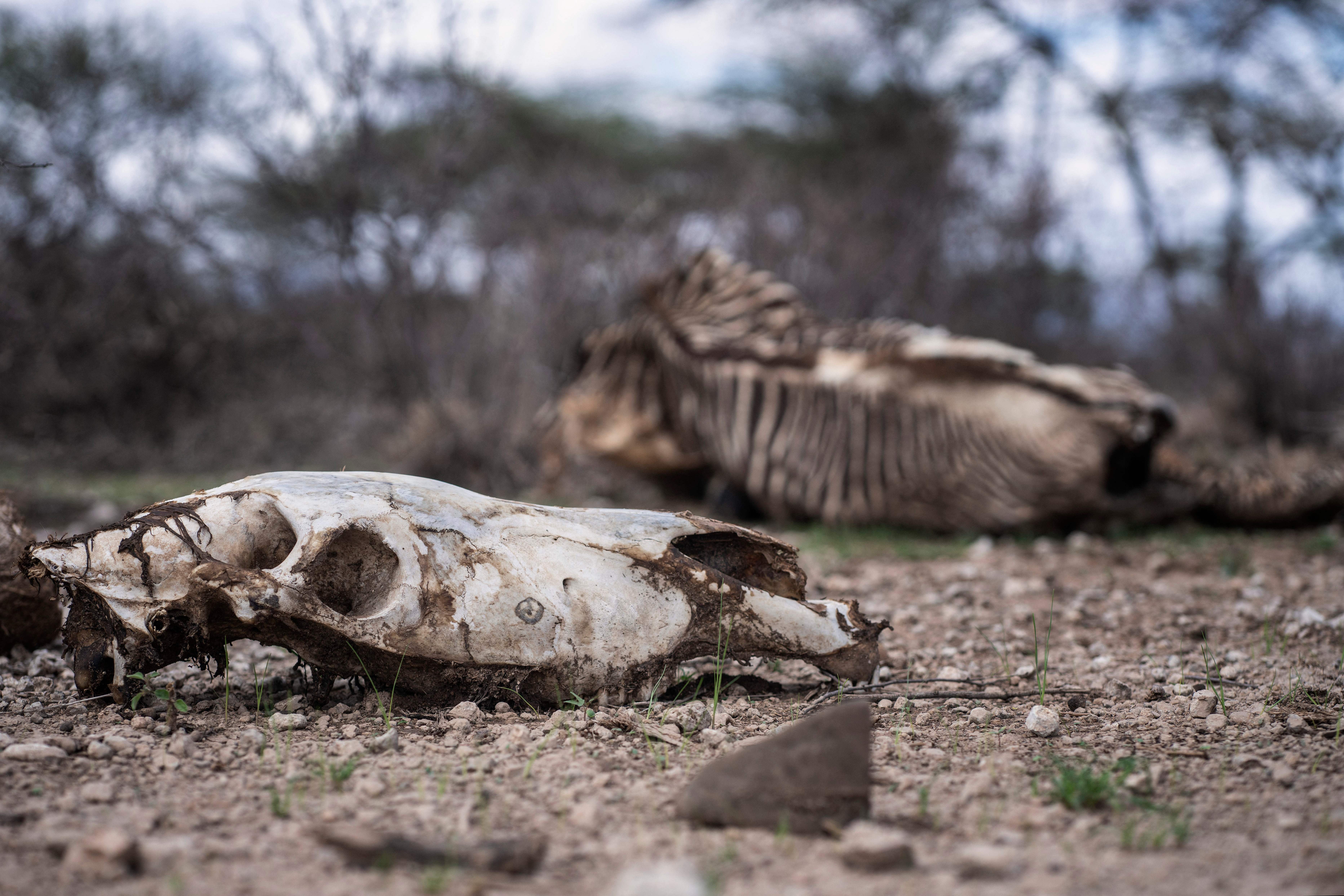
The animals described in the survey are some of the most endangered in the world. In total, 14 species of wildlife affected by the drought were surveyed for the report, including ostrich, giraffe, gazelles, hippos, and rhinos. To conduct the surveys, rangers in the Kenya Wildlife Service counted the bodies of animals that had died from drought-related mortalities between February and October 2022 in various regions of the country.
Scarce Rainfall for Two Years
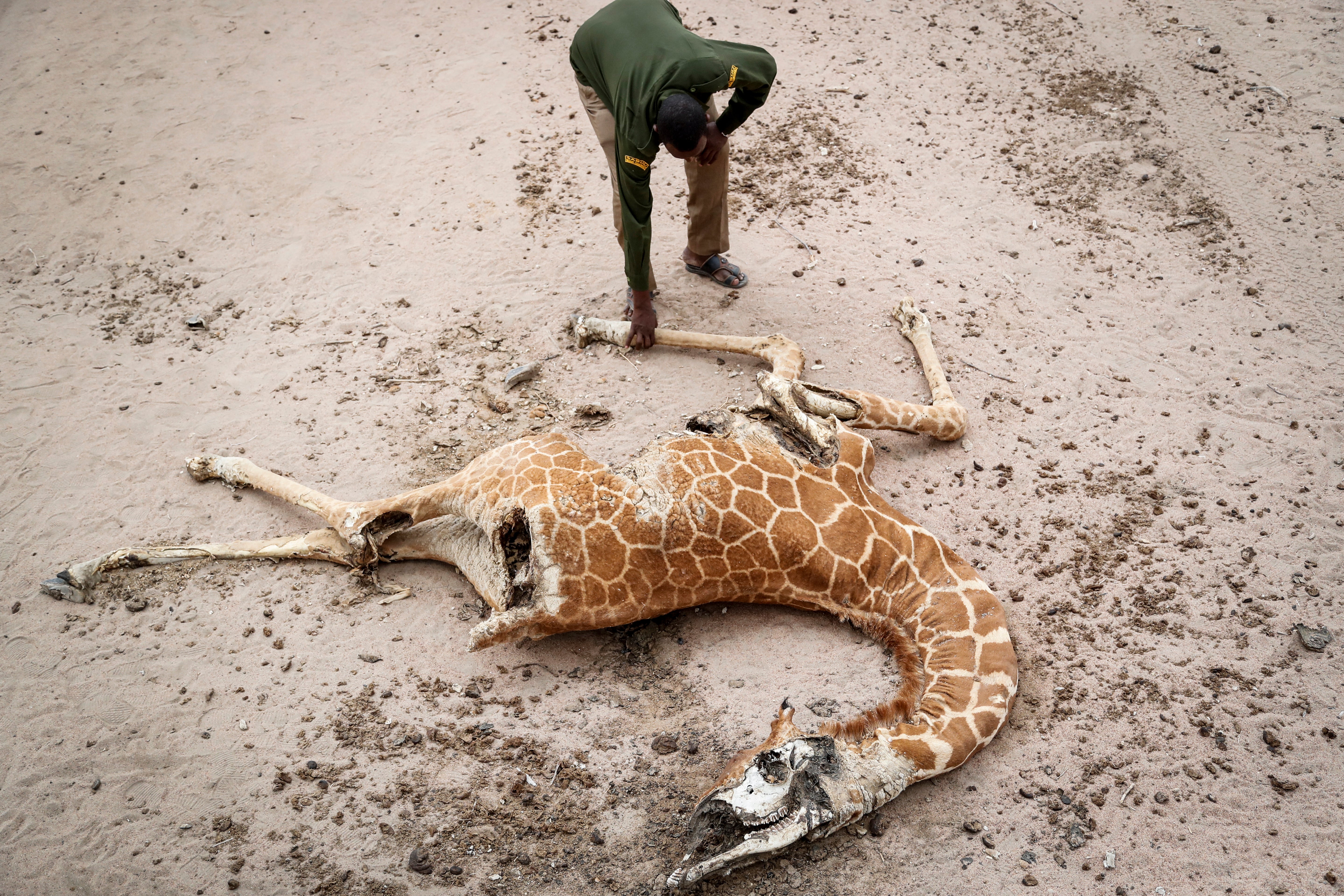
Over the past year, Kenya has gotten below-average rainfall for both the October-December and March-May rainy seasons, the report states; the previous year also had surprisingly low rainfall. The conditions in Kenya are part of a larger drought gripping East Africa. The 18-month drought, experts say, is generally attributable to the semi-regular La Niña weather phenomenon, which causes dry periods in East Africa; this drought has been made even more dramatic by intense temperatures attributable to climate change.
Grasses at Risk
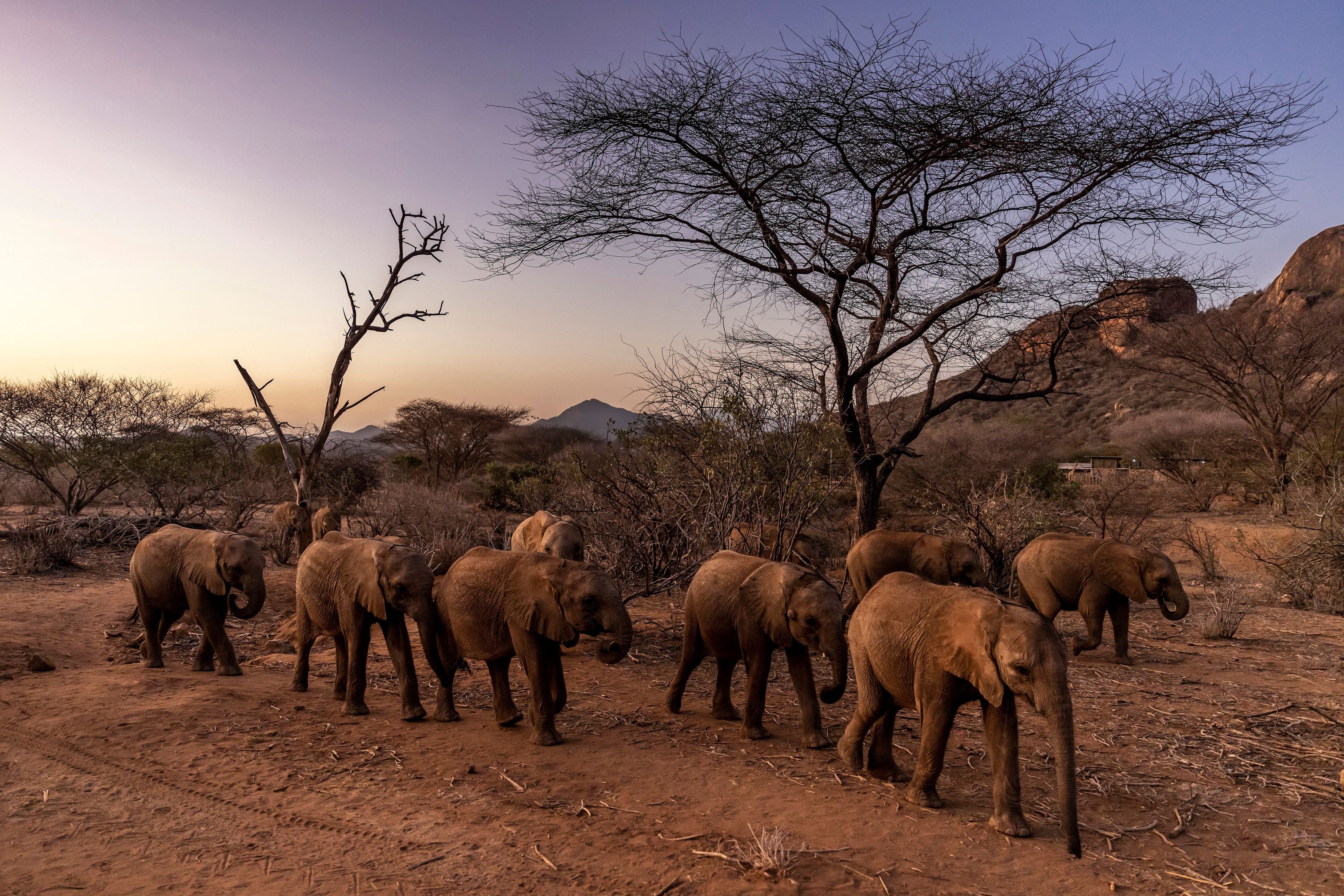
The drought has been especially deadly for the herbivores, like zebra and wildebeest, that rely on grasses that have dried up. Juvenile elephants, the report found, are also suffering, since they cannot reach foliage that their larger counterparts can.
Elephants Suffer
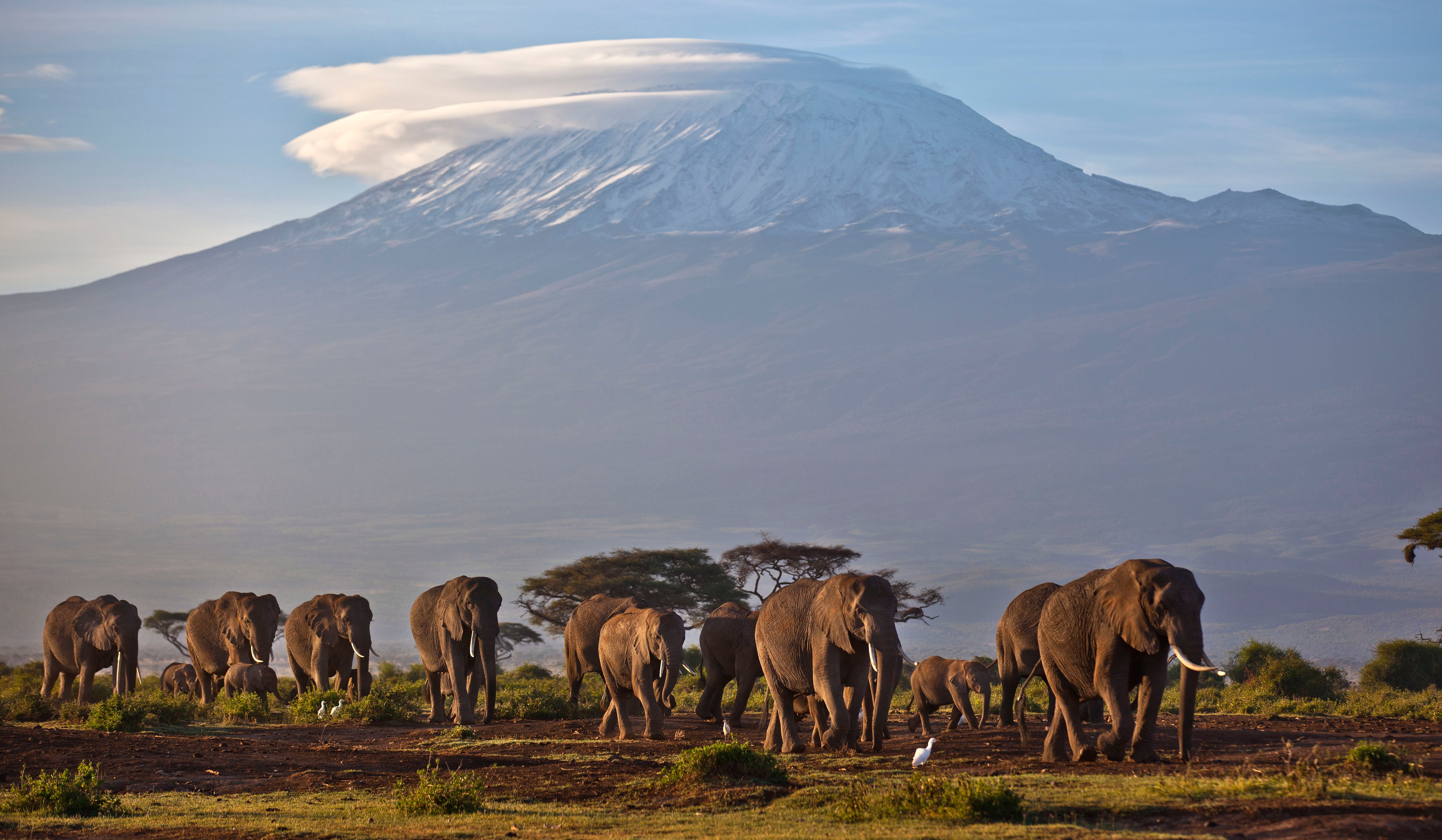
Some regions have been hit worse than others. In Amboseli National Park, a region in the southern part of Kenya that is home to 1,900 elephants and is popular with tourists, rangers counted 76 elephants dead because of drought conditions during the survey time period; 45 of those were juveniles, who may have died because their mothers could not produce enough milk to feed them.
Endangered Zebra at Risk
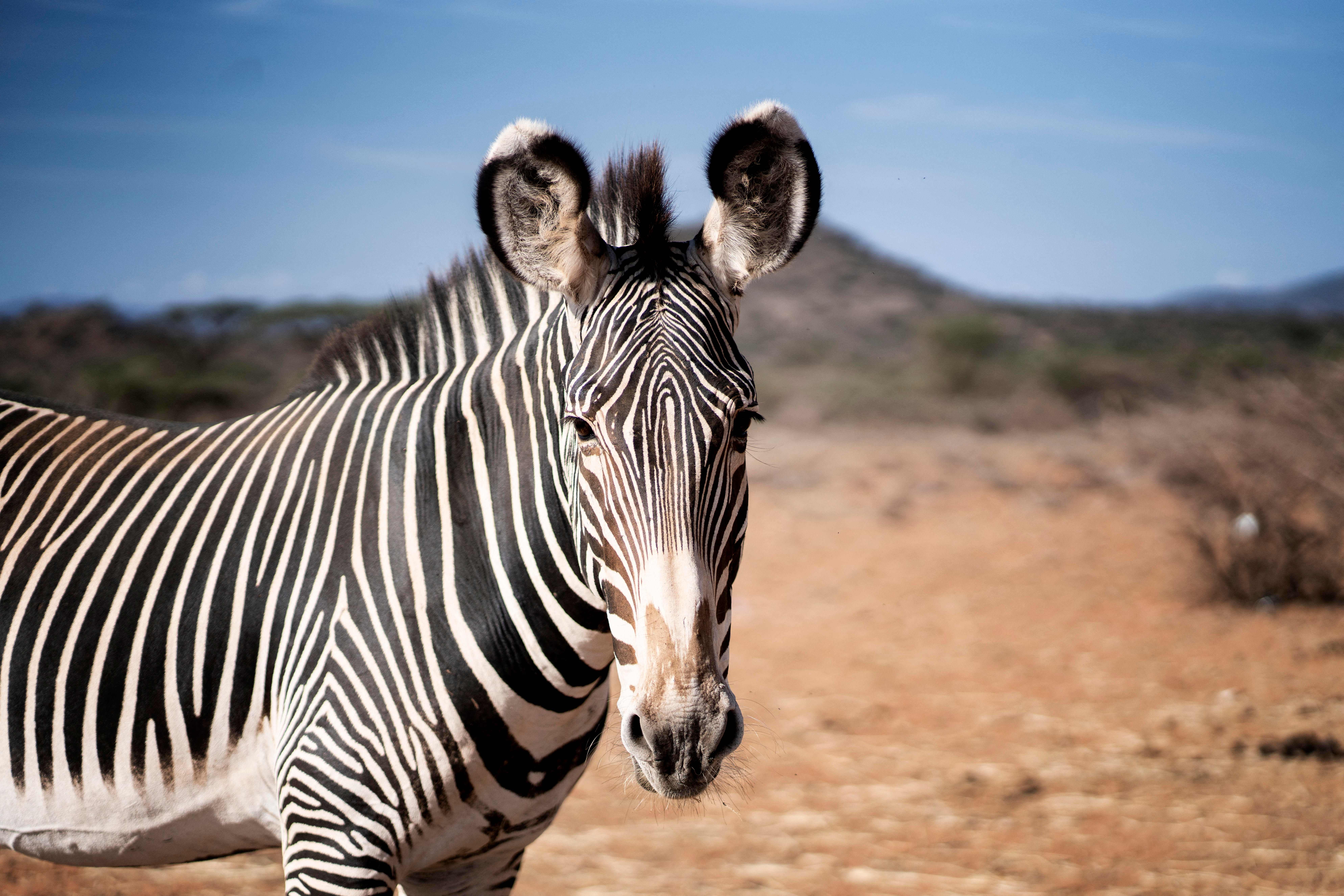
In the Lakipia-Samburu region, rangers counted 49 Grevy’s zebras dead from drought-related conditions, meaning that drought has caused more than half of the 90 Grevy’s casualties rangers have counted this year. These deaths come even as wildlife interests in the area are running a program meant to provide them with extra feed. There are only an estimated 2,800 Grevy’s zebras left in the world.
More Initiatives Needed
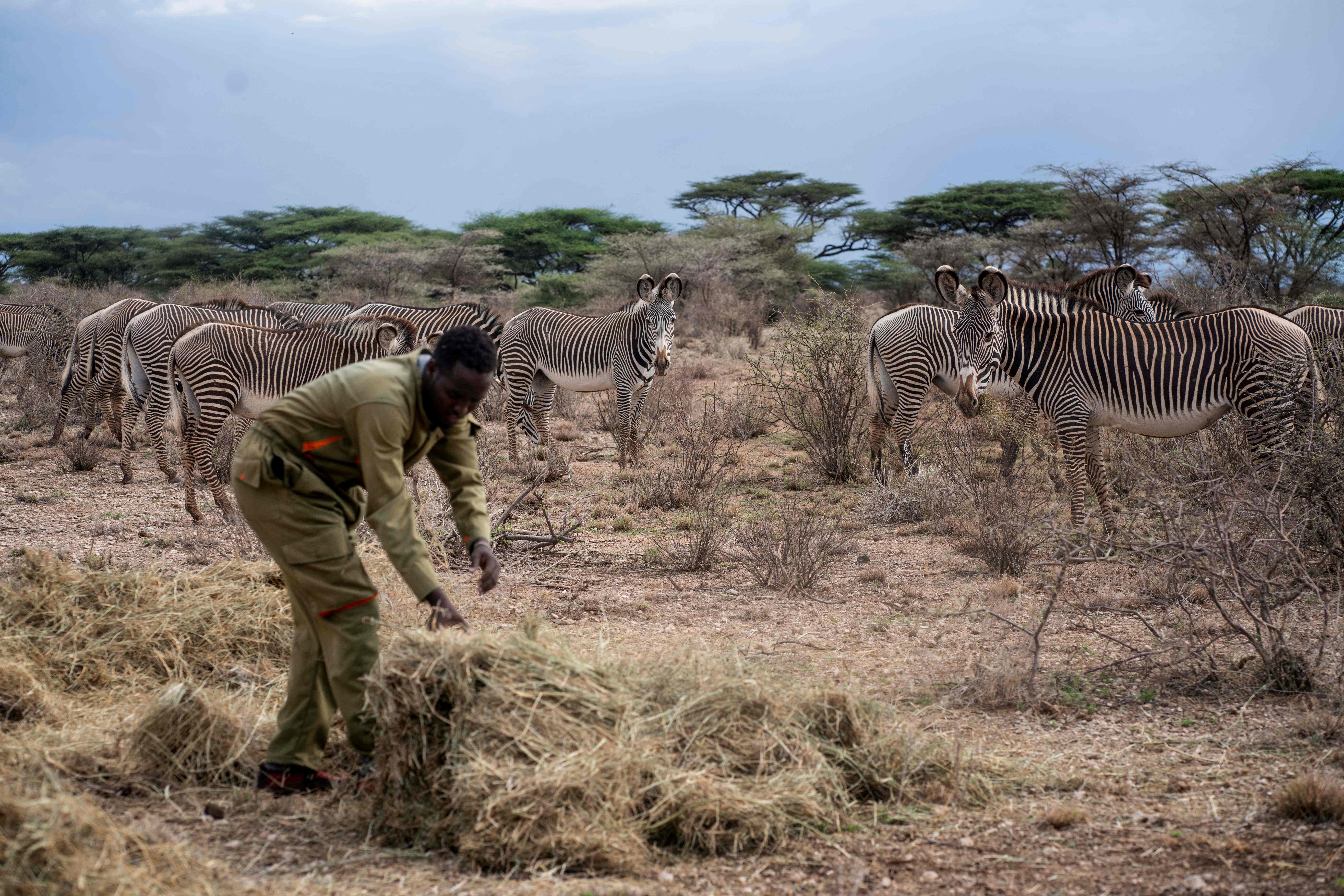
To save these endangered creatures, the Wildlife Service is calling on various measures to be taken, including salt licks and water supplies to be delivered to the worst-hit regions and increasing wildlife monitoring programs.
Droughts Set to Increase
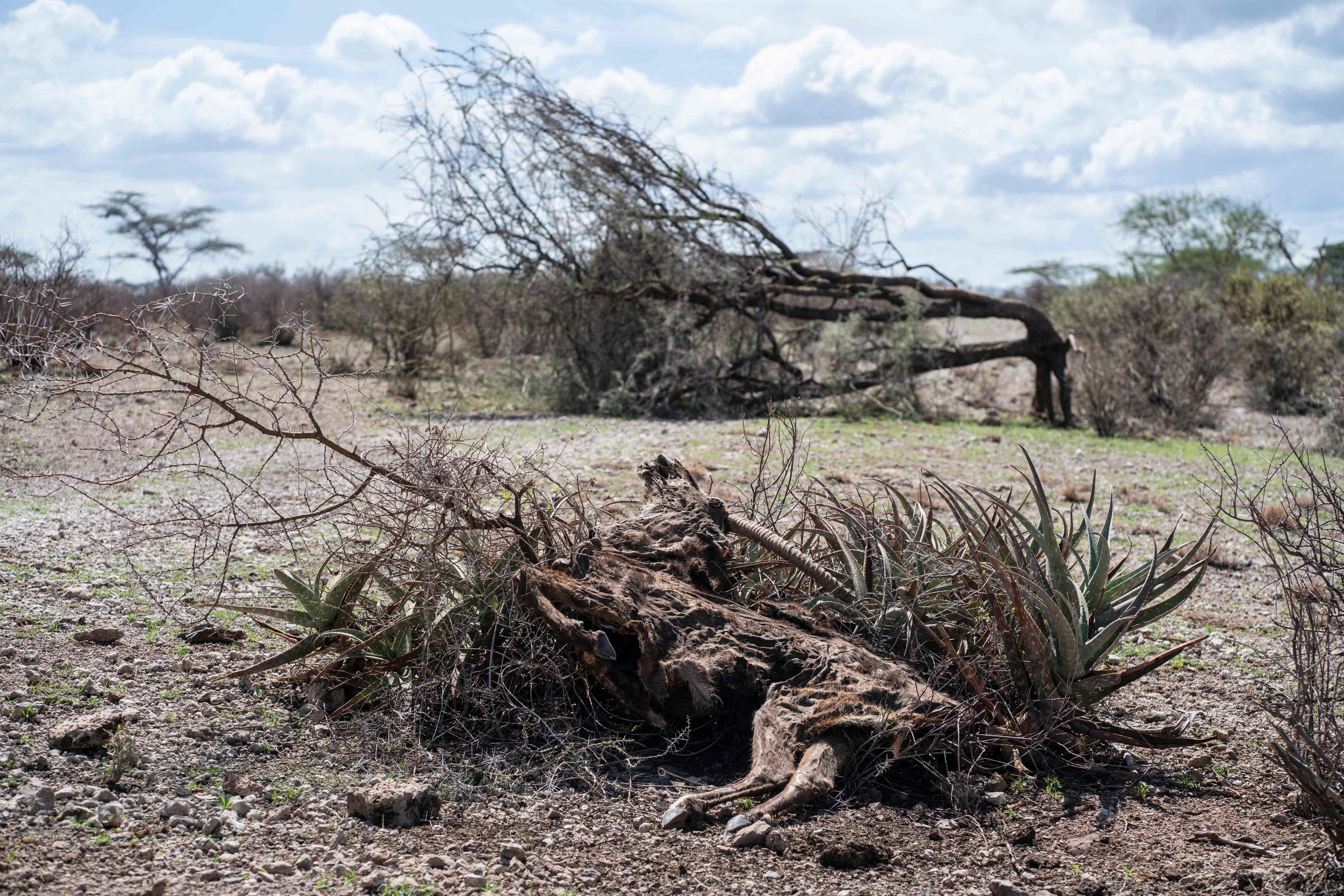
Droughts like these are happening more often as the world becomes warmer. Extreme droughts that used to be rare are now happening about 70% more frequently, the International Panel on Climate Change found in its latest comprehensive report.
